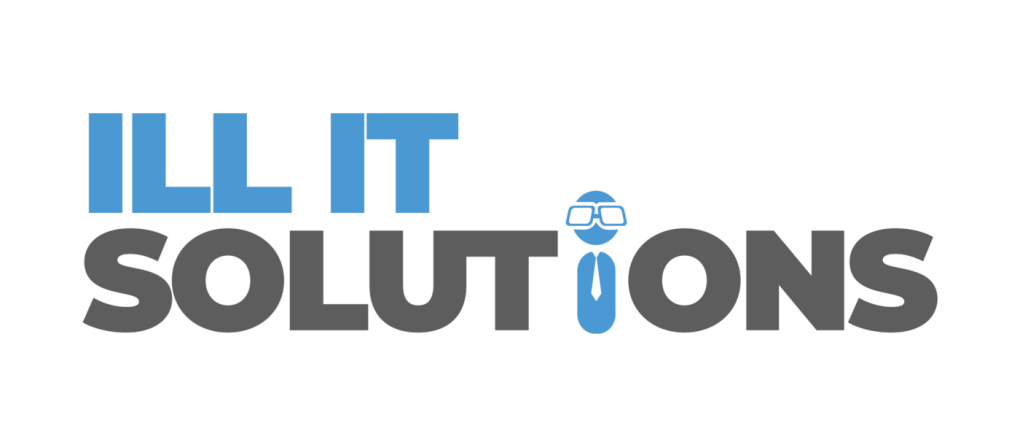Blog
Most Common Computer Problems (And How to Fix Them)
Computer problems are a common occurrence for users of all levels. Whether you are an experienced professional, or someone just starting to learn about computers, you may experience a wide range of issues. This can include anything from software malfunctions to hardware damage. Knowing how to properly identify and address the most common computer problems can be an invaluable skill.
If you’re annoyed that computer problems plague your everyday existence, this blog post will shed light on the most common issues and the best troubleshooting hacks to use for them.
1 – Computer Won’t Start Up
If your computer won’t turn on, the first thing to do is to check the power source. Make sure the power cord is securely plugged into the computer and the power outlet. If the power source is properly plugged in and still not working, try a different outlet or power strip.
If the power source is not the issue, then you may need to check the hardware. Make sure all cables are securely connected and consider replacing the power supply if necessary. Additionally, if you have a laptop, check the battery to make sure it is charged.
2 – Computer is Slow
A slow computer can be a sign of a hardware issue or a software issue. If you are experiencing a slow computer, the first step is to check the memory usage. If memory usage is high, it could be caused by a lack of RAM or a program running in the background.
To check the memory usage, open the Task Manager and look at the Memory tab. If the memory usage is high, you can try restarting the computer or using a memory cleaning program to free up RAM. Additionally, you can check the startup programs to see if any programs are running in the background that you don’t need.
3 – Computer Crashes or Freezes
Computer crashes and freezes can be caused by a variety of issues. The first step is to check the hard drive for errors. You can do this by running a disk check or using a third-party program to check the hard drive for errors.
If the hard drive check does not reveal any issues, then the problem could be caused by a virus or malware. Make sure you have a good antivirus program installed and run a full system scan to detect any malicious software. Also, you can try rebooting the computer in safe mode to see if the issue persists.
4 – The Screen Is Frozen
If your screen is frozen, the first thing to do is to try and restart the computer. If that does not work, then you may need to try a hard reset. To do this, press and hold down the power button for 10 seconds until the computer shuts off.
If the issue persists, then the problem could be caused by a bad driver or a corrupt system file. Try using a third-party driver updater program to update outdated drivers and see if that helps. Additionally, you can try running a system file checker to scan for and repair any corrupted system files.
Conclusion
In conclusion, most computer problems are relatively easy to fix. There is a wide variety of common computer problems that users may face, ranging from hardware and software issues to connectivity and security issues. Hardware issues are typically caused by components that are failing, such as a failing hard drive or faulty RAM. Software problems can be caused by viruses, malware, or outdated drivers. Connectivity issues are often caused by misconfigured settings or faulty hardware. Security problems can be caused by outdated or unsecured software or weak passwords. Fortunately, most of these problems can be solved relatively quickly by downloading the latest updates, running antivirus and antimalware scans, or using a reliable repair tool.
If all else fails, going to a shop that offers affordable computer repair in Romford is the best solution. That’s where ILL IT Solutions comes in. We offer reliable and affordable laptop repairs for all makes and models of laptops.


